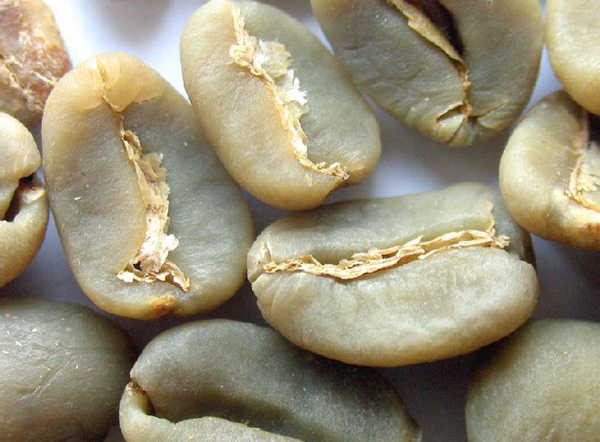Coffee appreciation Handbook Indian monsoon coffee beans treated by monsoon
Throughout the process, we can see that the taste of a cup of coffee can not be determined by a single link. Only when each link is handled properly can a cup of delicious, smooth and fragrant coffee appear in front of coffee drinkers. On the other hand, if anything goes wrong, it will completely destroy a cup of coffee.
The information comes from the Coffee appreciation Manual.
Indian coffee has come a long way in terms of quality and quantity over the past few years. One of the main reasons is the implementation of the market liberalization policy in the 1990s, which greatly weakened the monopoly of the Indian Coffee Council (CBI) on coffee exports.
Under the previous management system, coffee was mixed and exported regardless of variety. Under the new system, different types of Arabica coffee and Robart coffee grown in India have been redistinguished to meet the higher demand for Indian coffee. The gourmet coffee movement has also flourished under the planning of the Indian Special Coffee Association (SCAI). Many of these members have their own plantations that can be supplied directly to the association.
The southwestern Indian state of Kanataka State is the main coffee producing area in India, while high-quality coffee is produced in the Tellichery region of Kerala State and the Malabar coast (Malabar). In recent years, coffee cultivation has been introduced to areas with traditional tea cultivation, such as Assam in northeastern India, to help farmers improve their livelihoods.
There are several reasons why Indian coffee is popular with coffee lovers, but the most important is a process used on coffee beans, often referred to as the "monsooning" process. In the past, passengers or cargo sailed to and from India, which took about several months to reach Europe. In the transport map, due to the high air humidity, the taste and color of raw coffee beans have changed. By the time they arrive at the destination, the coffee beans have changed from the original green to a strange yellow.

Important Notice :
前街咖啡 FrontStreet Coffee has moved to new addredd:
FrontStreet Coffee Address: 315,Donghua East Road,GuangZhou
Tel:020 38364473
- Prev
Treatment of half-sun or half-water washing (semi-washed) for coffee taste Honey treatment
Generally speaking, if the pulp layer is removed effectively and properly, the coffee seeds will be clean, and the beans will taste clear when roasted, but can not be removed quickly, and some coffee berries may be left on the beans. If handled well, this will bring a hint of fruit to the baked coffee, but if it can not be disposed of in time, the pulp will be overfermented or even fermented.
- Next

Common coffee grinder Fuji small mill Rmur220 ghost tooth bean grinder beat Flying Eagle
The common coffee grinding knives are basically divided into three kinds: conical grinding knife, flat grinding knife and ghost tooth grinding knife in these three sharpening knives, perhaps everyone has the least contact with the ghost tooth knife. Ghost tooth cutter, as the name implies, is like ghost teeth, seems to be at sixes and sevens. This kind of grinding can effectively avoid the fine powder often mixed in the grinding powder, and ensure the uniformity of the grinding powder, so as to ensure the taste of coffee.
Related
- Beginners will see the "Coffee pull flower" guide!
- What is the difference between ice blog purified milk and ordinary milk coffee?
- Why is the Philippines the largest producer of crops in Liberia?
- For coffee extraction, should the fine powder be retained?
- How does extracted espresso fill pressed powder? How much strength does it take to press the powder?
- How to make jasmine cold extract coffee? Is the jasmine + latte good?
- Will this little toy really make the coffee taste better? How does Lily Drip affect coffee extraction?
- Will the action of slapping the filter cup also affect coffee extraction?
- What's the difference between powder-to-water ratio and powder-to-liquid ratio?
- What is the Ethiopian local species? What does it have to do with Heirloom native species?

